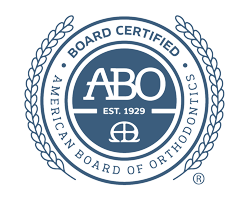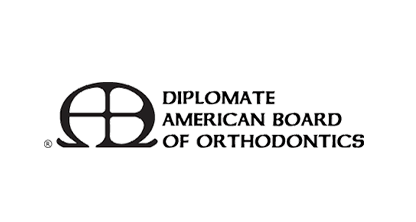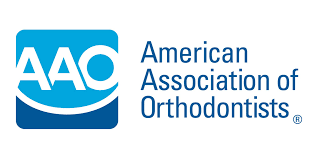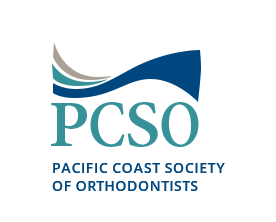When and Why Expanders Are Recommended by Orthodontists

Expanders are custom-made appliances that can play an important role in orthodontic treatment. A narrow upper jaw can contribute to several orthodontic issues that are not treatable with braces alone. Therefore, an orthodontist may recommend this appliance to create more space for teeth to align properly.
What are expanders?
Expanders, commonly referred to as palatal expanders, fit across the roof of the mouth. Though palatal expanders come in a few different forms, they aim to gradually widen the palate to create more space to accommodate proper tooth alignment. Through the slow application of pressure on the upper molars, these devices slowly widen the arch of the upper teeth.
Who is a candidate for an expander
The typical candidate for a palatal expander is a child or teenager with a narrow palate that is causing or may cause orthodontic issues. There are special expanders for adults; however, treatment is more complicated given that adults have fully developed bones that take longer to move. A child's jaws are still growing, and their palate has not yet fully fused, making it easier to shape.
Orthodontic cases that benefit from expanders
An orthodontist may recommend palatal expanders as a corrective or preventative treatment in the following instances.
Crowding
A narrow palate can contribute to overcrowding, and this is a leading reason treatment is recommended. Without enough room for teeth to erupt properly, teeth can erupt misaligned or become impacted. Using a palatal expander to create space can improve the outcome of future orthodontic treatment and help the patient avoid tooth extraction.
Crossbite
When the upper teeth sit inside the lower teeth rather than overlapping them while biting down, this is known as a crossbite. This malocclusion can result from the upper jaw being too narrow and contribute to difficulty choosing, speaking, and, in some cases, breathing. The palatal expander can help correct the crossbite so that the teeth align properly when the bite is closed.
Narrow palate or high arch
Patients with a narrow or high-arched palate can have trouble breathing through the nose, which has been known to contribute to sleep apnea. An expander can help widen the upper jaw and create a more balanced structure that allows for improved breathing.
How treatment works
Treatment with a palatal expander will differ based on the patient's age and situation. For children, treatment may take only a few weeks to a couple of months, while treatment for adults requires greater force and takes around six months to over a year. The patient will come in for routine adjustments during treatment until the desired width is achieved. Then, the expander may be left in place for several more months to stabilize these results.
Supporting successful orthodontic treatment
Proper alignment of the teeth and jaw is crucial to oral health and function. A narrow palate can contribute to several oral health issues. To learn more about palate expanders or improving your health through orthodontic treatment, call our team today.
Request an appointment here: https://paramountorthodontics.com or call Paramount Orthodontics at (562) 367-7034 for an appointment in our Downey office.
Check out what others are saying about our dental services on Google: Expanders in Downey, CA.
Related Posts
Damon braces offer an advanced orthodontic solution that prioritizes comfort, efficient movement, and a cleaner appearance. Unlike traditional systems that rely on elastic ties, this approach uses a self-ligating mechanism to guide teeth into position more smoothly. Patients seeking a modern way to achieve alignment often find that Damon braces support faster results, fewer office…
A smile assessment is the first step in any orthodontic treatment. The orthodontist will evaluate tooth position, gum health, and the bite to develop a personalized treatment plan. An assessment will also give the patient a chance to discuss priorities and learn what they can expect from treatment. Therefore, a smile assessment is the starting…
Clear aligners are one of the most popular methods in orthodontics to address issues with alignment. Over the years, the technology behind aligners has improved greatly, thus allowing for more and more issues to be resolved. In addition to the versatility behind clear aligners, they offer an array of benefits that other approaches do not…
A teen orthodontist is a trusted partner for adolescent patients to achieve healthy, confident smiles. These dental specialists can address teeth alignment and jaw concerns during this stage of oral development. After all, orthodontic treatment during the teenage years can be especially effective; the mouth and jaw are still growing, making them more responsive to…






